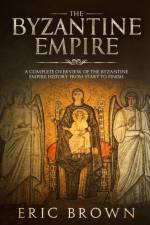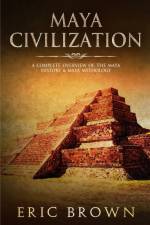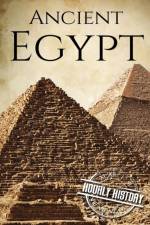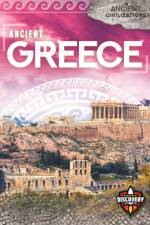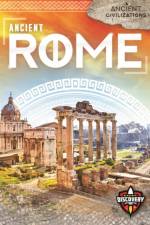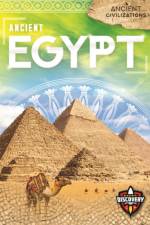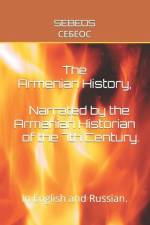av Sebeos
395,-
When publishing the English-Russian translation of the manuscript by Sebeos, we adhered to the same principles that guided us in translating "History of Armenia" by Movses Khorenatsi. We considered it our duty to convey the most accurate meaning of the original, retain its expressions, and present our readers with a translation that, if possible, would replace the original for them.About Sebeos himself, we have the most insufficient information. Chamchyan (II. 345) and O. Shakhatuni (Description. I.285) called him "a bishop in the domain of Bagratuni", and they claimed that Sebeos was present at the Dvin Council, convened by Nerses III in 645. O. Sallantian, in his chronological table, called him a writer of the 7th century. This fact is confirmed by the very work of Sebeos, describing the events that took place in the 7th century, where the author notes: "We heard this all from the men captured by the Tajiks. They, as eyewitnesses, themselves told us about this all." (part III, ch. 30)His entire work is divided into three parts. The first part speaks of the Babylonian origin of the Armenians and their founder Haik, the firstborn in Babylon. The second part provides a synchronistic table of the Armenian, Persian, and Greek kings until the annihilation of the Persian kingdom. The third part consists of 38 chapters. Along with a brief description of the deeds of the Persian kings and the destruction of the Persian kingdom, it reports the constant power struggles among the Armenians that split them into two main sections: one serving the Greeks (Byzantines), and another - the Persians. There were also the Armenians who left both to serve the Turkic Khagan, and later - the Arab invaders. Like Movses Khorenatsi, Sebeos was very honest in relaying the historical matters and did not sugar-coat the facts pertaining to the Armenian people. He noted that, due to their short-lived allegiances and love-hate relationships with the Greek, Persian, and Turkic powers, the Armenians were deemed to be troublemakers. In his letter to the Persian king, the Greek king suggested getting rid of the Armenians by sending them away from their lands: "This is a stubborn and rebellious people. (They) live among us and stir up trouble. Let us (do this -) I shall assemble mine and send them to Thrace; you, too, gather yours and order them to be taken to the east. For if they die, then the enemies will die, and if they kill anyone, they will kill the enemies; and we will live in peace. As long as they remain in their own country, we cannot rest until then." (part III, ch.6)>The Armenian historian revealed a little-known fact about the Turkic mother of the Persian King Ormizd: "After the death of Khosrow, the son of Kavat, his son Ormizd reigned over Persia. His mother Kaen, the wife of his father Khosrow, was the daughter of the khagan, the great king of the Tetals." (part III, ch.3) The Tetals were a Turkic nation, known as the Khazars, who later resettled to the territory currently known as Ukraine, established the kingdom of Khazaria, and converted to Judaism. The word Khagan means "the great king" in Turkic. The creation of Sebeos was considered completely lost for a long time. The Armenian Archbishop Shakhatuni was the first to find it in the dusty cellars of the Echmiadzin library. Since 1851 when the book by Sebeos was published as "History" in Constantinople, it has become available to all Armenists, some of whom had already used it in their writings. Other scholars also employed it, citing quotations from it, so that the work by Sebeos in a short time became indispensable for students of the history of the East of the 6th - 7th centuries.

